Monday, 22 April 2024
Menu

Its cargo has drawn attention from all angles of the world as it contained some of the largest finds of late Bronze Age material. With over 22,000 dives conducted on the shipwreck between 1984 and 1994, artifacts present on board were brought to light, further improving our knowledge of the Bronze Age period. The excavations were directed by the worldwide renowned marine archaeologist George Bass and his colleague Cemal Pulak.
Recent investigations using more advanced technology have exposed the intricate trading routes the ship endured prior to its sinking, probably on its way to the mainland of Greece.
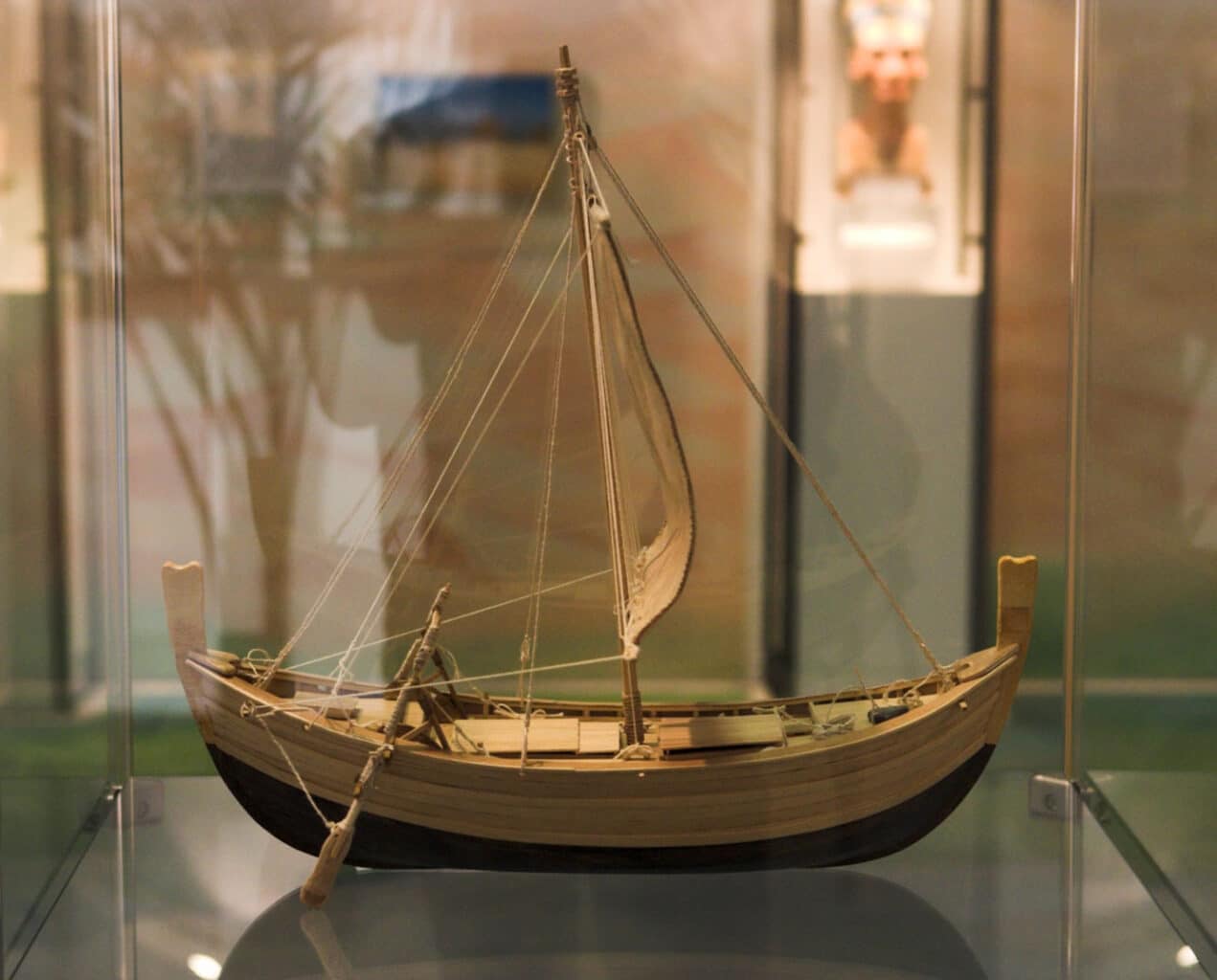
The Uluburun shipwreck was around 15 to 16 meters in length and 5 meters in width. The wooden hull and the keel were felled from cedar wood, the dominating arboreal species in the Lebanese forest. A dendrochronological assessment of the wood resulted in the discovery that the wood was cut over 3305 years before the present. The wood species, together with the stone anchor discovered and ceramic pottery, all indicated that the homeport of the ship was in Canaan territory.
The ship had a carrying capacity of 20 tonnes, mostly made up of ingots, glass, and over a hundred Canaanite pots filled with pistachio or mastic resin. Mastic was an important component for the preservation of wine during antiquity and is known to have been used since the 6th millennium BCE. Grapes, figs, and pomegranates were found in other pots along with spices, namely coriander and sumac.
The tin and copper ingots present within the mix were the main metals required to produce bronze. Archaeologists noted that an exact amount of 10 to 1 ratio required to produce bronze was found, 10 tonnes of copper to 1 tonne of tin ingots. Despite this, 200 pieces of raw glass were discovered, ready to be molded into a new product once they reached their destination.
The variety of colors portrayed by the glass disks resembled semi-precious stones such as amethyst, amber and turquoise. Similar artifacts were known to be found on the Uluburun Shipwreck from accounts in Egyptian documents or tomb paintings portraying the objects, as well as Amarna letters.
Other retrieved items appeared to belong to individuals on board the ship. These artifacts included personal daggers and swords carried by the ship’s personnel. It was suggested that these finds represented a monitor that made sure the trade took place and buyers were safe to get their share. This implies that the ship was carrying expensive cargo for wealthy Mycenaeans.
One of the most prestigious artifacts found on the Uluburun was, in fact, an Egyptian scarab made from solid gold. The artefact contained an inscription making it rare to have such a find, which played a role in dating the shipwreck. Nefertiti’s name herself was inscribed on the scarab, allowing archaeologists to understand that the shipwreck must have sunk after Nefertiti’s rule in 1350 BCE.
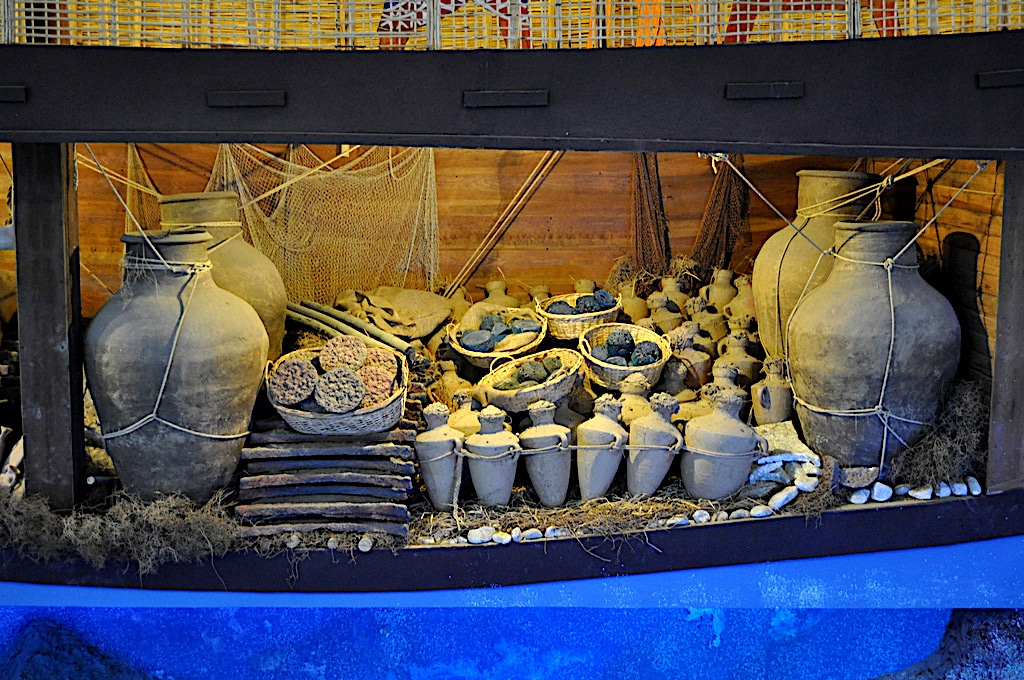
Advancements in geochemical analysis have further explained the origin of the tin present onboard, hinting at where the ship departed from. Last November, Professor Michael Frachetti from Washington University concluded with a high level of certainty that the tin ingots were sourced from a prehistoric tin mine about 3.2 kilometers away from Haifa, in a place called Uzbekistan.
Interestingly, Iran and Mesopotamia at the time posed many difficulties for the Mediterranean people to acquire goods, and it was suggested that the local miners probably underwent a series of tedious steps to obtain the tin. This raised various anthropological questions about the trade of tin during the Bronze Age period in Europe between Asia and Mediterranean states.
The isotope found in the tin retrieved from the Uluburun shipwreck corresponded to that particular mine found in Uzbekistan. Isotopes refer to the number of neutrons found within an atom of an element, giving that element a specific weight. By comparing the weight of the elements, one would be able to differentiate between one mine and another to decipher the origin of the tin artifact.
Despite this, the isotopes would allow us to map the distribution of a specific element across the trade posts. On the other hand, discovered tin ready for shipping would have been melted and shaped, allowing the receiver to know from where the tin was shipped by recognizing the shape. Comparing the shape with the isotopic weight would conclude the origin of that piece of tin in question.
Tin at the time proved to be a rare commodity that only well-off individuals were able to afford since acquiring tin was not merely a walk in the park. Following the Stone Age, during the Bronze Age, bronze was the main metal used to make weaponry, utensils, and tools. Thus, it was considered to be a valuable good, hence the name given to the period.
Mesopotamia is known to have flourished during the period as copper initially became the leading factor of capitalism. The use of bronze later developed the Middle East, until it was exported westwards, introducing the metal to the rest of the Mediterranean.
The discovery of the Uluburun shipwreck is displayed at the Bodrum Museum, a Medieval castle repurposed to serve as a museum of underwater archaeology. It hosts the most important shipwreck in the world representing the time capsule of life during the late Bronze Age. Its cargo, containing significant quantities of artefacts and raw materials, sheds light on the intricate trading routes and connections between ancient civilisations.
The excavations led by renowned marine archaeologists have deepened our understanding of the historical significance of this shipwreck. With its display at the Bodrum Museum, the Uluburun shipwreck continues to serve as a time capsule, preserving and sharing the knowledge of life during the late Bronze Age.

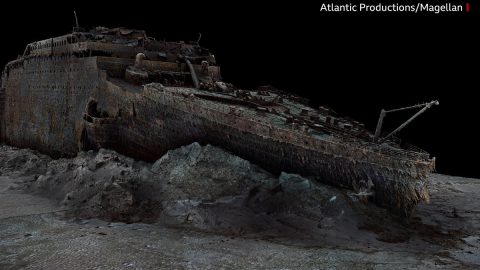





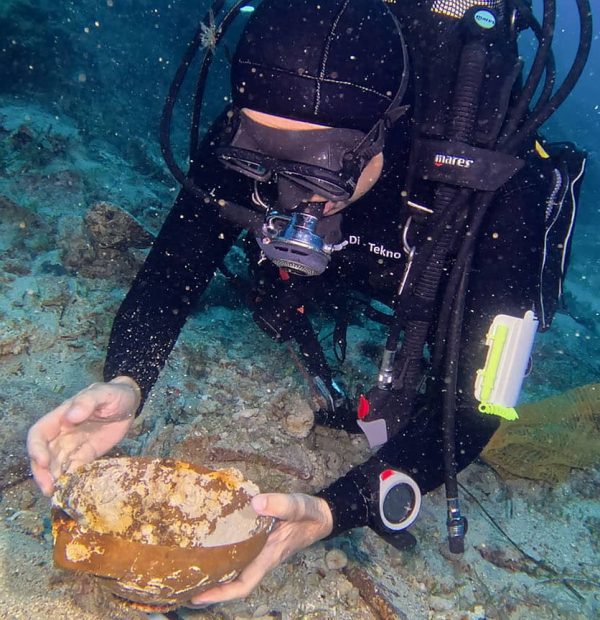
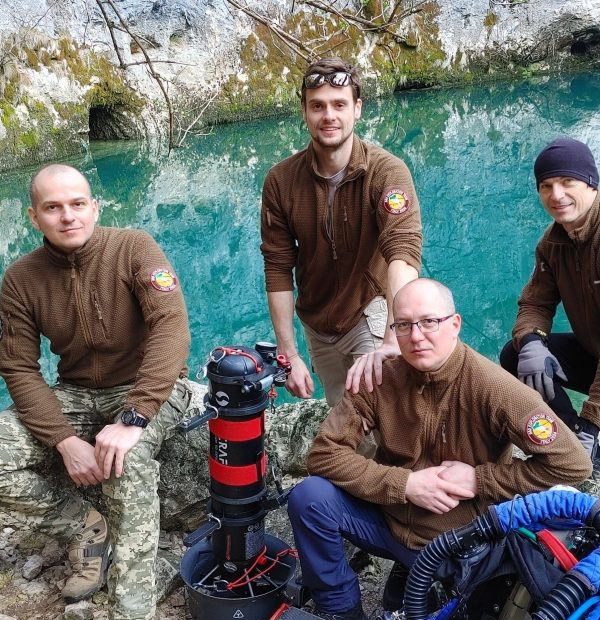

Welcome to DIVERS24.COM, your daily source of scuba news, freediving, scuba diving information, and equipment reviews. Our comprehensive coverage of the dive industry from A to Z provides you with all the latest scuba news, training updates, underwater photography tips, and everything else related to scuba diving. Whether you’re a beginner or an experienced diver looking for more knowledge about scuba gear or techniques – we’ve got it covered! With our in-depth articles written by experienced divers who have been there and done that, you are sure to find exactly what you need here at Divers24.com. Dive into scuba news today!
Underwater Media Sp. z o.o.
Szafarnia 11/F8,
80-755 Gdansk, Poland
Welcome to DIVERS24.COM, your daily source of scuba news, freediving, and scuba diving information. Sign in for a weekly news update and discount coupons for dive gear and apparel.
@2023 - underwatermedia.pl. All Right Reserved. Designed and Developed by Tworzenie stron internetowych Gdansk

The Divers24 portal is currently the largest online medium treating diving in Poland. Since 2010 we have been providing interesting and important information from Poland and around the world on all forms of diving and related activities.
Contact us: info@divers24.com